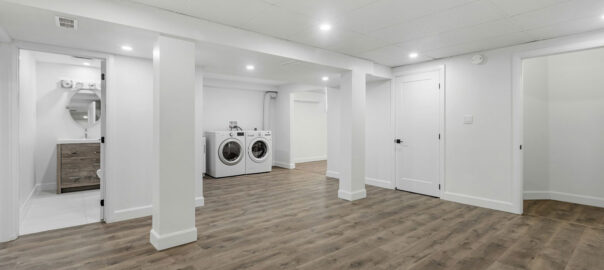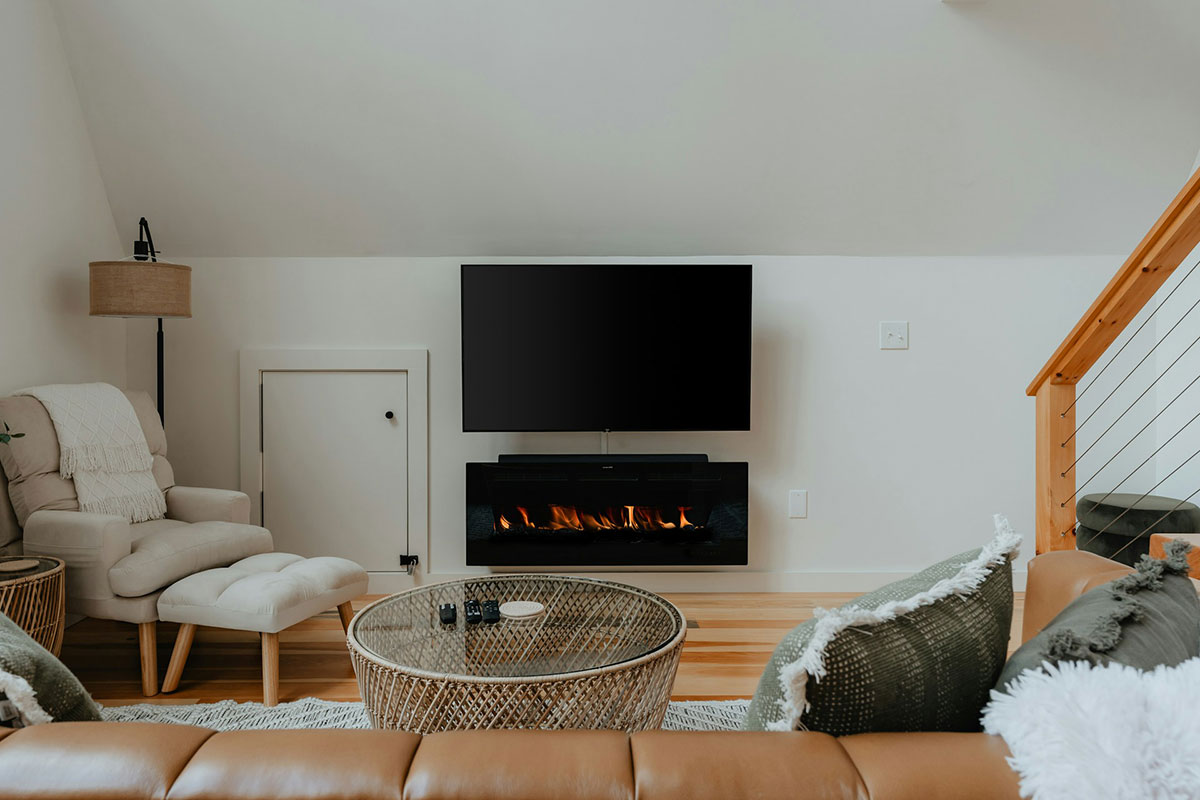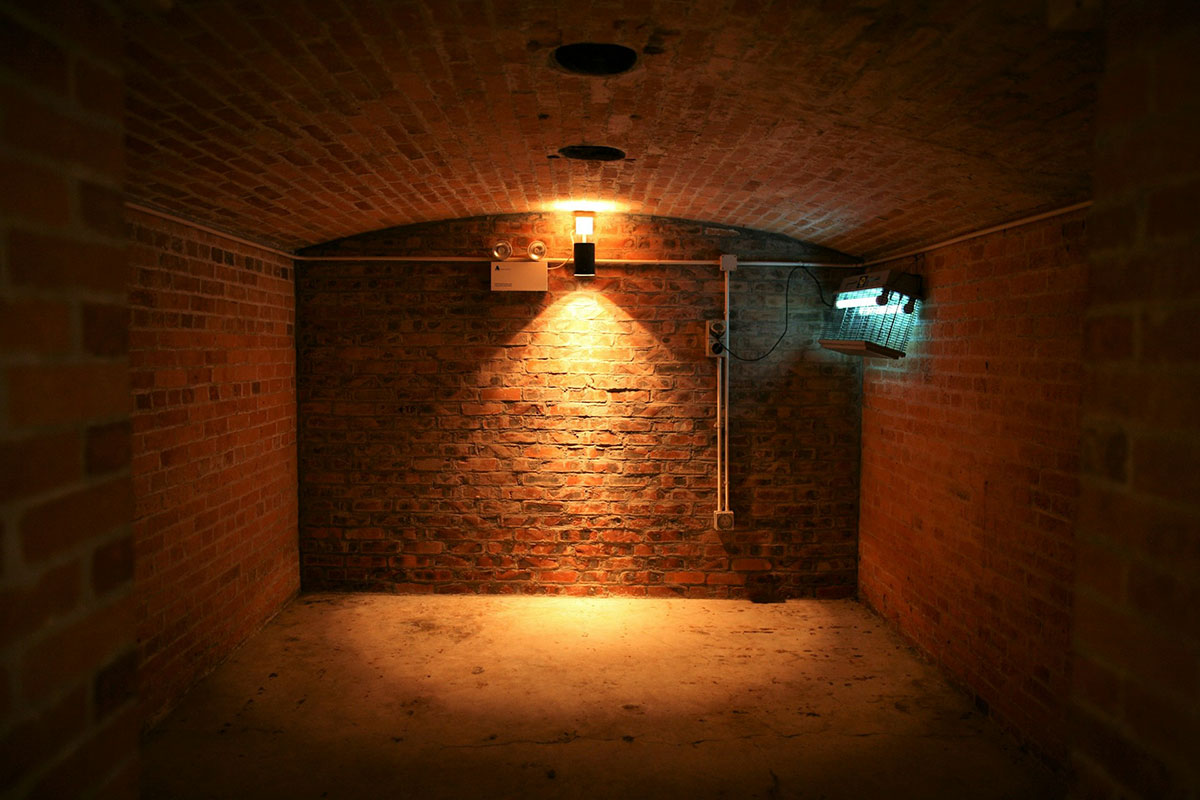Finishing a basement can be an exciting project, transforming a dark, unused space into a functional and inviting area of your home. However, like any home improvement project, basement finishing comes with its own set of challenges. From moisture issues to low ceilings, homeowners often encounter obstacles along the way. Fortunately, many common basement finishing challenges have simple and effective solutions. In this comprehensive guide, we’ll explore quick fixes for some of the most common issues encountered during basement finishing projects, helping you navigate the process with confidence and ease.
Moisture and Water Intrusion
One of the most common challenges faced by homeowners finishing their basement is moisture and water intrusion. Leaks, condensation, and high humidity levels can not only damage your finished basement but also pose health risks due to mold and mildew growth. Quick fixes for moisture issues include:
- Seal cracks and gaps in the foundation walls and floors using hydraulic cement or waterproof sealant.
- Install a vapor barrier on the walls and floors to prevent moisture from seeping through.
- Improve drainage around the perimeter of the house by grading the soil away from the foundation and ensuring that gutters and downspouts are clear and functioning properly.
- Consider installing a sump pump or interior drainage system to manage excess groundwater and prevent basement flooding.
Low Ceilings
Many basements have low ceilings, which can make the space feel cramped and claustrophobic. Fortunately, there are several quick fixes to create the illusion of higher ceilings and make the space feel more open and airy:
- Paint the ceiling and walls in light colors to reflect more natural light and create a sense of spaciousness.
- Install recessed lighting or flush-mount fixtures to maximize headroom and eliminate the need for bulky overhead lights.
- Hang curtains or drapes close to the ceiling to draw the eye upward and create the illusion of height.
- Avoid installing drop ceilings or bulky light fixtures that can further reduce ceiling height and make the space feel cramped.
Inadequate Lighting
Basements are often lacking in natural light, making it essential to invest in adequate artificial lighting to brighten the space. Quick fixes for inadequate lighting include:
- Install a combination of overhead lighting, task lighting, and accent lighting to create layers of illumination and enhance the functionality of the space.
- Choose light fixtures with adjustable brightness and color temperature to customize the lighting to suit different activities and moods.
- Opt for LED light bulbs, which are energy-efficient, long-lasting, and produce bright, natural-looking light.
- Consider adding mirrors strategically to reflect light and make the space feel brighter and more open.
Poor Ventilation
Proper ventilation is crucial in a finished basement to prevent musty odors, reduce humidity levels, and promote air circulation. Quick fixes for poor ventilation include:
- Install exhaust fans or ventilation systems to remove stale air and moisture from the basement.
- Open windows and doors regularly to allow fresh air to circulate throughout the space.
- Use a dehumidifier to control humidity levels and prevent mold and mildew growth.
- Ensure that air vents and ductwork are clean and unobstructed to maximize airflow and efficiency.
Limited Natural Light
Many basements have small or narrow windows that provide limited natural light. Quick fixes to enhance natural light in a finished basement include:
- Install larger windows or additional windows to allow more natural light to enter the space.
- Use reflective surfaces such as mirrors, glass tiles, or glossy paint finishes to bounce natural light around the room.
- Trim back any overgrown vegetation outside the windows to maximize sunlight penetration.
- Consider installing light wells or sun tunnels to channel natural light from the roof into the basement.
Finishing a basement can be a challenging but rewarding endeavor, and addressing common issues such as moisture, low ceilings, inadequate lighting, poor ventilation, and limited natural light is key to creating a comfortable and functional space.
By implementing the quick fixes outlined in this guide, homeowners can overcome these challenges and transform their basements into inviting extensions of their living areas.
With proper moisture control measures in place, including sealing cracks, installing vapor barriers, and improving drainage, homeowners can protect their finished basements from water damage and mold growth.
Addressing low ceilings through strategic design choices such as light-colored paint, recessed lighting, and creative use of curtains can help create the illusion of height and space.
Investing in adequate artificial lighting, including overhead, task, and accent lighting, is essential for brightening the basement and enhancing its functionality.
Additionally, ensuring proper ventilation with exhaust fans, open windows, and clean air vents helps maintain air quality and prevent musty odors.
Finally, enhancing natural light with larger windows, reflective surfaces, and light wells or sun tunnels can brighten the space and make it feel more welcoming.
By incorporating these quick fixes into their basement finishing projects, homeowners can overcome common challenges and create beautiful, comfortable spaces that add value to their homes and enrich their lives.
Whether used as a cozy family room, a home theater, a guest suite, or a personal retreat, a finished basement has the potential to become a cherished part of the home where memories are made and shared for years to come.
With careful planning, attention to detail, and the right solutions in place, homeowners can turn their basement finishing dreams into reality and enjoy the benefits of a well-designed and comfortable living space.





